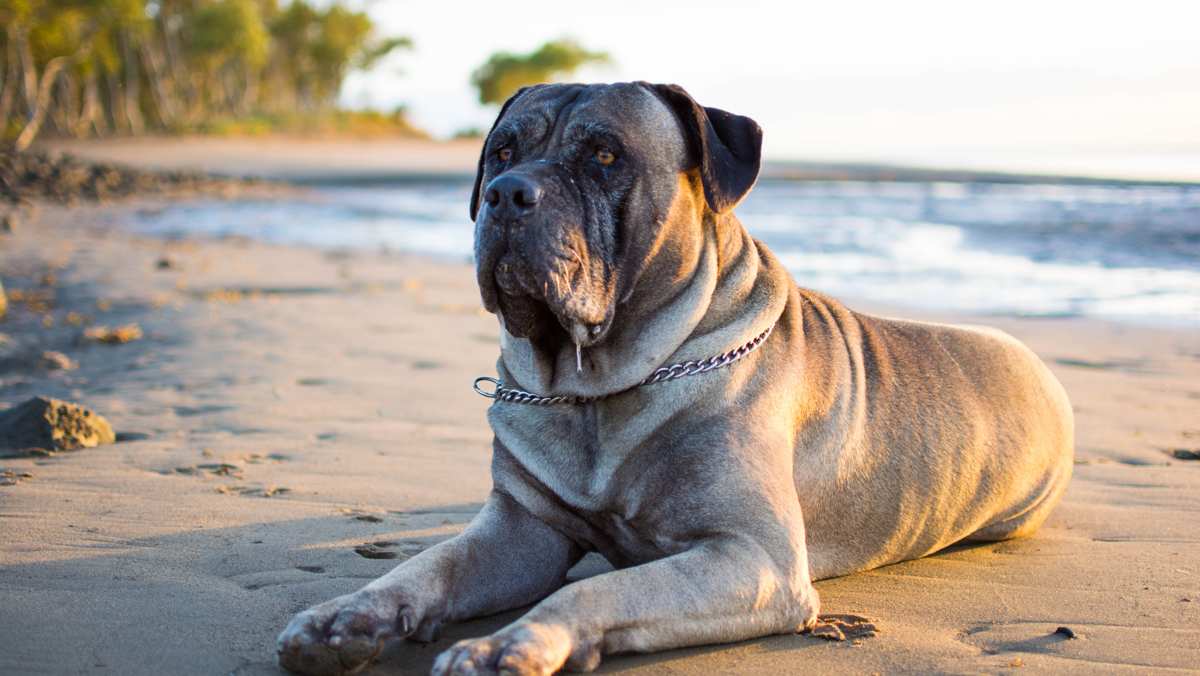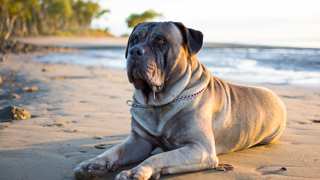Bullmastiff Breed Details
Not many dogs had the task for which Bullmastiffs were bred: to hunt humans who hunted game illegally, i.e., poachers. This was back in the mid-19th century when poaching was a capital offense. Over time, hanging people for poaching was itself outlawed, and the need for such a ferocious, quiet and lethal a breed started to die away too. Although they were later used in infamous roles such as guard dogs for blood diamond mines in South Africa, they were more carefully bred to be a bit more friendly and easy-going. They remain great guard dogs, and while they are very protective of their human family members, they are not at all recommended for first-time or even novice dog owners.
Here are some information and facts about Bullmastiffs:




